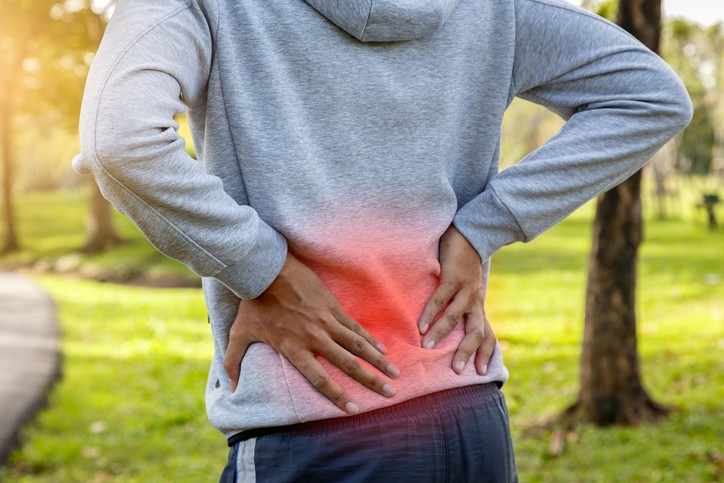Lower back pain can actually be pretty common. In fact, 80% of us will experience it at some point in our lives. The vast majority of us will also go onto experience some type of lumbar disk herniation and/or pathology.
How to Prevent/Treat Low Back Pain
When looking at preventing and treating low back pain, we must start at the joint above and below the low back. In most cases, the low back is the site of compensation and not the cause of lower back pain.
By keeping your mid-back and your hips mobile, that allows the low back to remain stable and avoid injury. To properly access and treat low back pain, we must first identify the cause of it.
Causes of Low Back Pain
In most cases, the low back is likely compensating for a joint that’s not moving well. Through a thorough assessment we can identify what segment is not moving well and prescribe the appropriate corrective exercise to reengage your proper muscles and keep mobility.
By keeping the hips and the mid-back loose, and identifying which one is contributing to your symptoms, we can help take it away and keep it from coming back!
If you have low back pain, reach out to a CHI Health Physical Therapist today.





